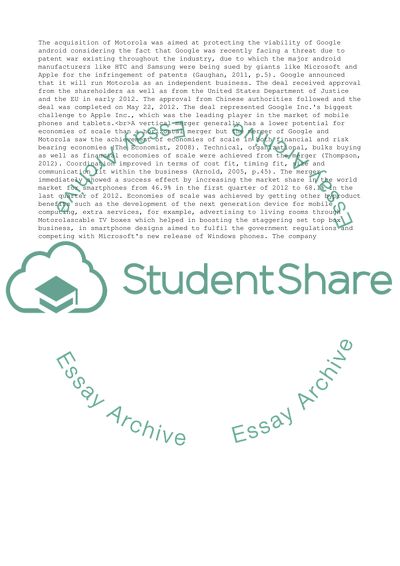Cite this document
(Financial Management Essay Example | Topics and Well Written Essays - 1500 words - 13, n.d.)
Financial Management Essay Example | Topics and Well Written Essays - 1500 words - 13. https://studentshare.org/finance-accounting/1804875-financial-management
Financial Management Essay Example | Topics and Well Written Essays - 1500 words - 13. https://studentshare.org/finance-accounting/1804875-financial-management
(Financial Management Essay Example | Topics and Well Written Essays - 1500 Words - 13)
Financial Management Essay Example | Topics and Well Written Essays - 1500 Words - 13. https://studentshare.org/finance-accounting/1804875-financial-management.
Financial Management Essay Example | Topics and Well Written Essays - 1500 Words - 13. https://studentshare.org/finance-accounting/1804875-financial-management.
“Financial Management Essay Example | Topics and Well Written Essays - 1500 Words - 13”. https://studentshare.org/finance-accounting/1804875-financial-management.


